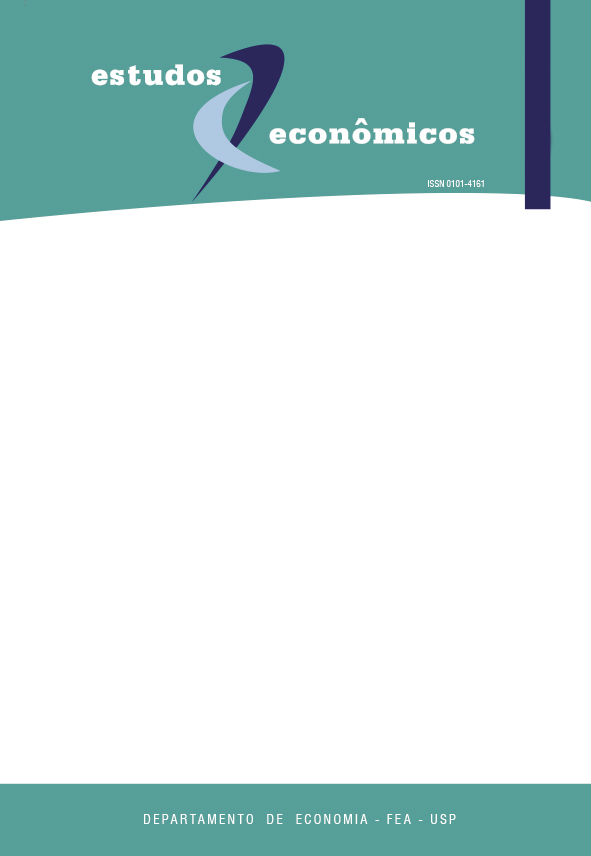Progresso técnico, distribuição e crescimento na economia brasileira: 1955-1998
Keywords:
economic growth, technical change, Brazilian economy, marxian and classical economicsAbstract
This paper analyzes if technical change followed the labor-saving, capital-using Marx-biased pattern in the Brazilian economy over the period 1955-1998. This form of technical change underlies Marx’s explanation of the falling rate of profit. Growth and distribution schedules showed that the Marx-biased pattern was predominant in the whole period in study. However, it was observed three phases in the dynamism of technical change. The first (1955-1975) is characterized by a high dynamism, the second (1975-1991) by a strong reduction, and the third (1991-1998) by a certain regain in the dynamism of technical change. The wage share was relatively constant in the period of study. The profit rate declined between 1955 and 1998 due to the path of capital productivity. The profitability had some recovery in the 1990s. The capital accumulation declined after 1975 due to the fall in profit rate, but it also presented some recuperation in the 1990s.
Downloads
Downloads
Published
Issue
Section
License
Copyright (c) 2002 Adalmir A. Marquetti

This work is licensed under a Creative Commons Attribution-NonCommercial 4.0 International License.
By submitting an article, the author authorizes its publication and attests that it has not been submitted to any other journal. The original article is considered final. Articles selected for publication are proofread for grammatical and orthographic errors. The journal does not pay rights for published articles. The Institute of Economic Research from the School of Economics, Business and Accounting of the University of São Paulo (Instituto de Pesquisas Econômicas da Faculdade de Economia, Administração e Contabilidade da Universidade de São Paulo) owns the journal's copyright.




